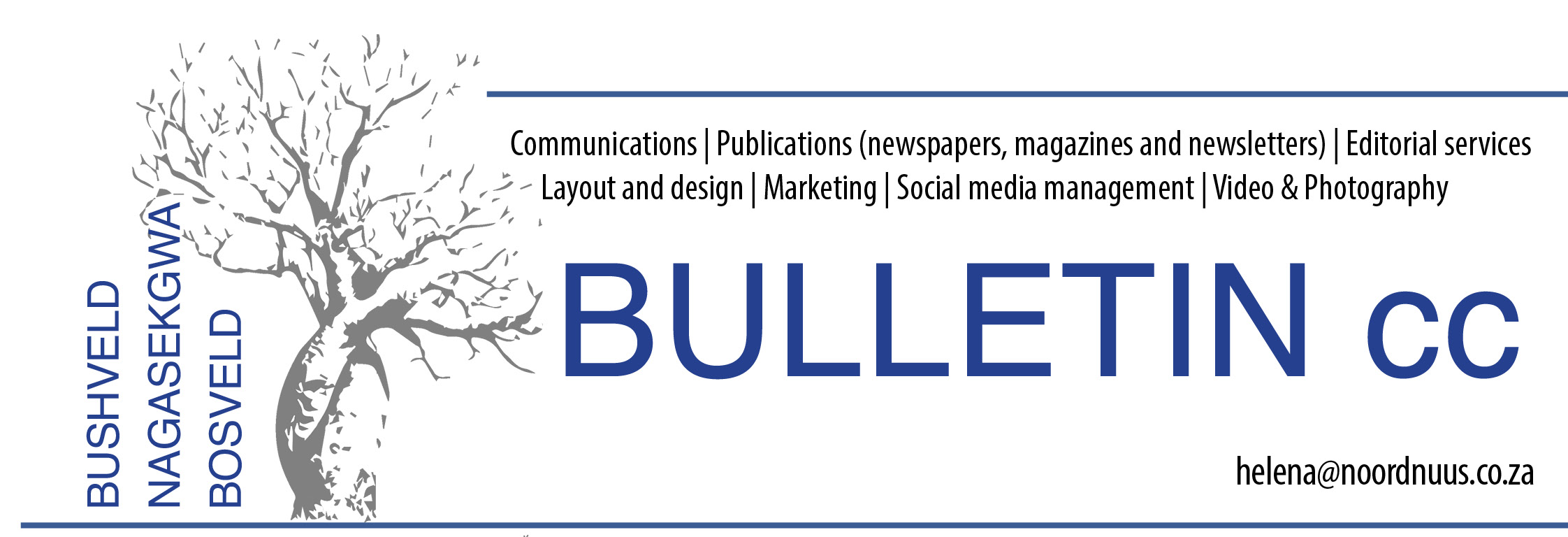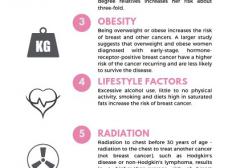Early detection of breast cancer
Every woman is potentially at risk of getting breast cancer. Men can get breast cancer too! While breast cancer cannot be prevented, there are important steps to take to detect breast cancer early, even before physical symptoms appear, and before it has a chance to spread. As frightening as a cancer diagnosis is, the good news is that medical advances and early screening and diagnosis result in more women surviving and beating cancer with less aggressive and invasive treatment.
This is according to Prof. Jackie Smilg, Chair of the Radiological Society’s sub-specialty group, the Breast Imaging Society of South Africa (BISSA).
Breast cancer is now the leading cancer in women in SA and will affect 1 in 28 South Africans in their lifetimes. This figure is even higher in urban communities in South Africa, where the incidence is as high as 1 in 8 according to National Health Laboratory statistics. This insidious disease continues to be the subject of intensive educational campaigns to encourage women of all ages and socio-economic backgrounds to subscribe to early detection and diagnosis.
Regular Mammograms remain the best defence
The mammogram remains the gold standard for breast screening and is the foundation of early detection of breast cancer. Regular mammograms can often help find breast cancer at an early stage, when treatment is most likely to be successful. One of the greatest advantages of a mammogram is that it can find breast changes years before physical symptoms develop.
“The goal of screening tests for breast cancer is to find the disease before it causes symptoms. Breast cancers found during screening exams are more likely to be smaller and still confined to the breast. As with all cancer screening, recommendations for breast cancer screening rely on a combination of factors involving evidence about the risk of the condition, the benefits and harms of the actual screening, and the cost. Results from many decades of research clearly show that women who have regular mammograms are more likely to have breast cancer found early, less likely to need aggressive treatment and more likely to be cured,” says Prof Smilg.
Dispelling the myths around radiation used in modern mammography
It is important to dispel the myths that the negligible doses of radiation used in modern mammography can possibly produce breast cancer or represent any danger to the body, including the thyroid gland. There is simply no scientific evidence to support this.
“Several other breast imaging technologies such as tomosynthesis, virtual mammography and contrast mammography - have brought a new dimension to the fight against breast cancer. Digital tomosynthesis allows multiple levels of breast tissue to be interrogated and it is now possible to create a 2D mammogram (virtual mammogram) from these tomosynthesis slices. Contrast Mammography, where contrast investigates the vascularity (blood supply) of a lesion, promises to be a valuable problem-solving tool. In women with a significant family history of breast cancer or special circumstances, mammography can also be followed by ultrasound in both screening and symptomatic examinations and/or breast MRI,” explains Prof. Smilg.
“Women are often irrationally persuaded by the fear of radiation risk, which is negligible, to use other ‘imaging techniques’ such as thermography, use of light emitting devices or systems that “feel” masses. These imaging techniques are often operated by personnel with no medical training and no training in conventional breast imaging. There is no evidence that these methods have any value in the screening and detection of breast cancer when compared with mammography. They may do more harm by missing breast cancers, leading to delayed diagnosis and limited treatment options, if they are used as a substitute for mammography,” she adds.
When should screening start?
- The RSSA/BISSA encourages all women to start regular mammography from the age of 40 and continue to do so every year until age 70, regardless of whether they have symptoms or have an abnormality – early detection is the key objective.
- Women at higher risk, usually due to a history of breast cancer in a close family relative, should have annual mammograms starting at an age five years before the age their family member was diagnosed with breast cancer or at 40 years – whichever comes first.
- High risk is defined as a lifetime risk > 20-25%. Your doctor will help you calculate this or it can be done on line at http://www.cancer.gov/bcrisktool/ . High risk individuals may be offered supplementary imaging to complement the mammogram.
- Women should regularly check their breasts for any irregularities and have a clinical breast examination by a GP or gynaecologist at least once a year. Any abnormality, regardless of age or family history warrants an immediate medical consultation with a healthcare professional. Many lumps may turn out to be harmless, but it is essential that all of them are checked.
Who is at risk of developing breast cancer?
Every woman is potentially at risk of getting breast cancer. However, there are certain factors that would put women in a higher risk category. The risk factors include:
- Age - The risk of breast cancer increases as one gets older, however 1 out of 8 invasive breast cancers are found in women younger than 45.
- Family history - Breast cancer risk is higher among women whose close blood relatives have this disease. Having one first-degree relative (parent, sibling, child or maternal grandmother) with breast cancer approximately doubles a woman's risk. Having 2 first-degree relatives increases her risk about three-fold.
- Personal history - A woman with cancer in one breast has a 3-4 times increased risk of developing a new cancer in the other breast or in another part of the same breast. This is different from a recurrence (return) of the first cancer.
- Dense breast tissue - Women with dense breast tissue (as identified on a mammogram) have more glandular tissue and less fatty tissue, and have a higher risk of breast cancer. Unfortunately, dense breast tissue can also make it harder for doctors to spot problems on mammograms.
- Overweight or obese women – Research has shown that being overweight or obese increases the risk of breast and other cancers. Now, a larger study suggests that overweight and obese women diagnosed with early-stage, hormone-receptor-positive breast cancer have a higher risk of the cancer coming back (recurrence) and are less likely to survive the disease. Healthy eating and weight management is very important.
- Lifestyle factors – excessive alcohol use, little to no physical activity, smoking and diets high in saturated fats increase the risk of breast cancer.
- Radiation to chest before 30 years of age -radiation to the chest to treat another cancer (not breast cancer), such as Hodgkin's disease or non-Hodgkin's lymphoma, results in a higher-than-average risk of breast cancer.
- Race/ethnicity - White women are slightly more likely to develop breast cancer than African American, Hispanic, and Asian women.
- Hormonal environment - Women who haven’t had a full-term pregnancy or have their first child after age 30 have a higher risk of breast cancer compared to women who gave birth before age 30. Breastfeeding can lower breast cancer risk, especially if a woman breastfeeds for longer than 1 year. Women who started menstruating (having periods) younger than age 12 have a higher risk of breast cancer later in life. The same is true for women who go through menopause when they're older than 55. Current or recent past users of HRT have a higher risk of being diagnosed with breast cancer.
For a list of members contact the RSSA on 084 293 9789, e-mail radsoc@iafrica.com or visit www.rssa.co.za













0 Comments